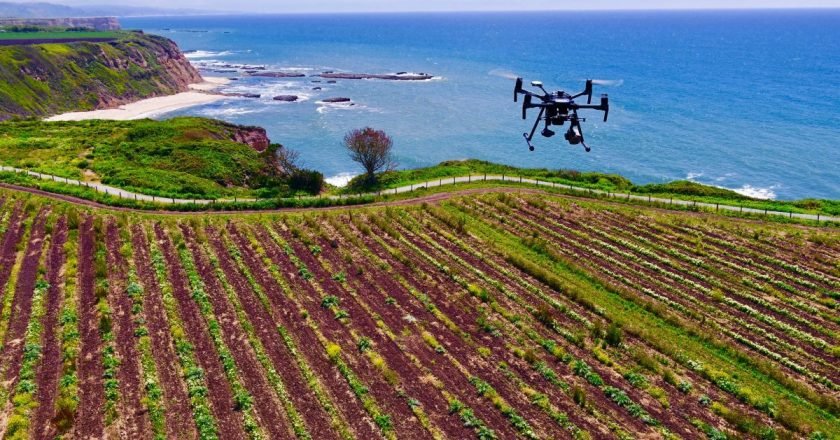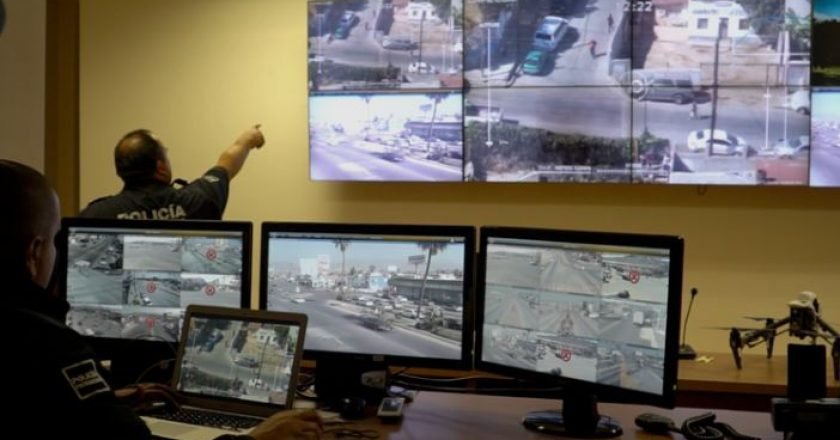The first time I met with Gerardo Cervantes, local Operations Manager for the Bay Area commercial drone software developer Cape, …


The first time I met with Gerardo Cervantes, local Operations Manager for the Bay Area commercial drone software developer Cape, …

We Ensenadenses are experiencing a metamorphosis the pulse and pace of which are increasing exponentially. Even as we traverse the …

Only an invisible line separates the United States from Mexico, and the two countries have lived harmoniously for decades. Recently, …

Ensenada’s experience with CAPE’s crusaders in the sky As we reported last year, the City of Ensenada had enhanced …

As we reported last year, the City of Ensenada had enhanced its police protection with the collaboration of a state-of-the-art …

Many Beneficial Veterans Services Soon to be Offered to Civilians The American Veterans Coalition (AVCO) was started in 2014 …

Now She’s More Popular Than Ever Before! Long known for her potential, Ensenada was nicknamed “Cinderella of the Pacific,” and …

EXPERIENCE ENSENADA! How, When and Where…

Experience Ensenada immersing in the community. These are some of the events going on for the last two weeks of …

EXPERIENCE ENSENADA! How, When and Where…